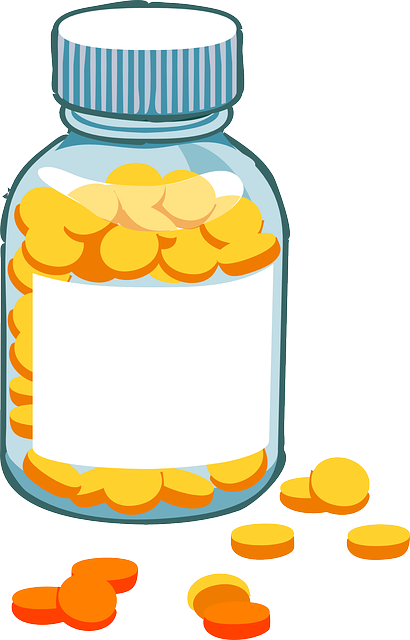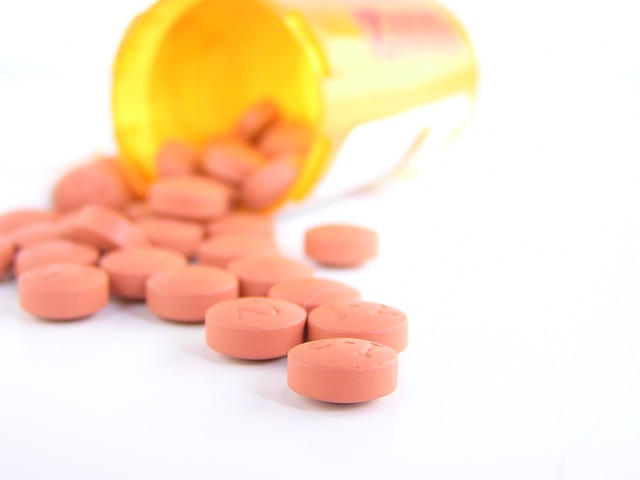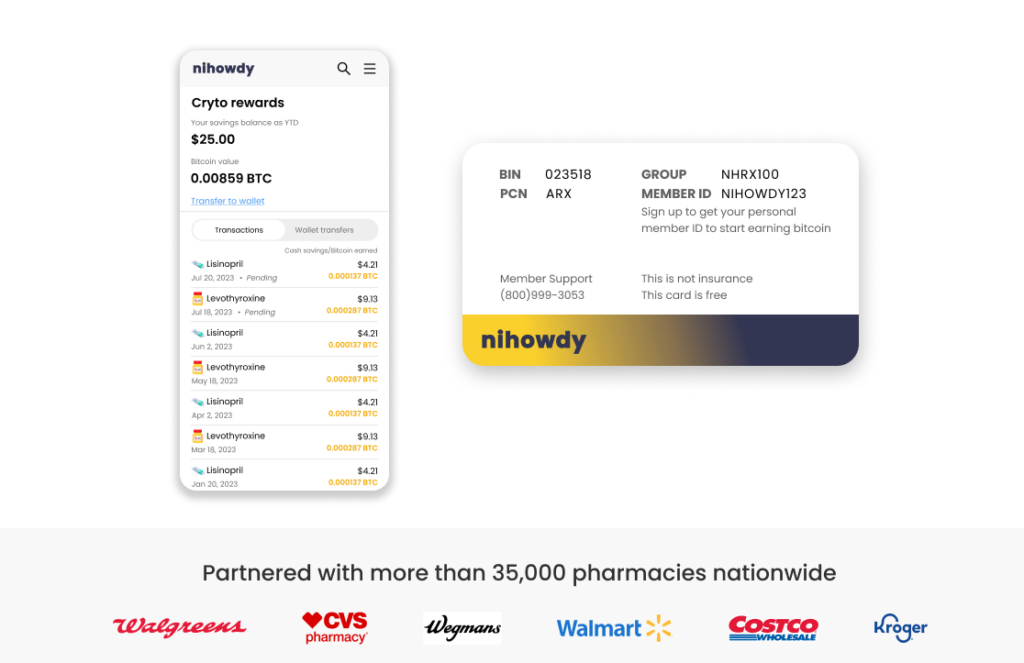Is Adderall Methylphenidate? Understanding ADHD Medication Differences

Are you trying to understand the differences between Adderall and methylphenidate? Let’s cut through the confusion: Adderall is a brand name for a combination of amphetamine salts and is not the same as methylphenidate, which is the active ingredient in medications like Ritalin. So, is Adderall methylphenidate? The answer is no. This article aims to demystify these two pivotal ADHD medications, their uses, and what sets them apart, providing clarity for those navigating the options for ADHD treatment.
Key Takeaways
Adderall consists of amphetamine salts including amphetamine and dextroamphetamine, which together improve focus, decrease impulsivity, and reduce hyperactivity in individuals with ADHD.
Methylphenidate, the active ingredient in Ritalin, is a different type of stimulant with a shorter duration of effect, making it suitable for managing ADHD symptoms especially during school hours for children and adolescents.
Both Adderall and Ritalin have serious potential side effects and require close monitoring by healthcare professionals, but they are also available in various dosage forms to cater to individual treatment needs.
Unraveling the Components of Adderall

Adderall serves as a vital aid for individuals struggling with ADHD, offering more than just simple relief. This medication is comprised of a potent combination — amphetamine and dextroamphetamine — that works in concert to enhance focus and perseverance. Adderall isn’t merely a single substance. It’s an amalgamation of amphetamine salts that activate the brain’s receptors, amplifying neurotransmitters such as dopamine and norepinephrine.
For those who are taking Adderall, it represents the potential for significant improvement in their daily lives by promoting heightened concentration, reigning in impulsiveness, and mitigating hyperactivity typical of ADHD.
The Role of Amphetamine in Adderall
Departing into the ingredients of Adderall, you’ll find amphetamine as its pivotal element. This particular substance acts like a conductor, elevating dopamine and norepinephrine levels in the brain—a process akin to injecting capital into an economy of attention and discipline. Thanks to the role played by amphetamines, this stimulant drug is highly effective against ADHD symptoms, aiding individuals on Adderall to manage their daily activities with greater control.
Within Adderall’s formula lies a duo of amphetamines: d-amphetamine and l-amphetamine. It’s important to note that d-amphetamine has a stronger impact—akin to wielding an ace up your sleeves when it comes down to managing ADHD. The strength carried by these components greatly enhances the overall power of the medication in treating this condition.
Dextroamphetamine: Adderall’s Other Half
Dextroamphetamine, a critical component of the Adderall duo, shares its core objective with amphetamine but introduces a distinct edge in how it functions. Although it operates on the same principle, this element has its unique way of engaging with receptors. Imagine two keys designed for one lock—each key twists differently yet they both successfully unlock enhanced focus and decreased hyperactivity for those suffering from attention deficit hyperactivity disorder.
The nuanced variation in dextroamphetamine’s chemical makeup highlights the intricacy behind Adderall’s formulation. By blending both amphetamines into one medication, it exploits their individual benefits to forge an evenhanded and potent approach to managing ADHD symptoms. This epitomizes that when dealing with ADHD medications, combining complementary components often yields superior results than any single ingredient acting alone.
Methylphenidate Explained

Transitioning from the discussion of Adderall, let’s examine Ritalin, which distinguishes itself within its field. Ritalin contains methylphenidate hydrochloride as its active component, a different kind of stimulant for the central nervous system with its own distinct origins and way to address ADHD symptoms. Discovered in the 20th century, methylphenidate has been recognized in healthcare since the 1950s. It first gained acclaim treating conditions like chronic fatigue and depression before becoming a prominent solution for managing ADHD.
A notable feature of Ritalin is its short-duration impact – comparable to a quick sprint rather than a long-distance run. It reaches high effectiveness expeditiously but also recedes swiftly, making it especially suitable for daytime use across school hours. This attribute enables finer control over potential side effects such as reduced appetite or sleep issues by aligning with the daily routines of children and adolescents who are taking this medication for their ADHD symptoms.
Comparing Adderall and Ritalin: Key Differences
In the realm of ADHD medication comparison, it is vital to understand that although both Adderall and Ritalin serve as central nervous system stimulants used in treating ADHD, they are quite distinct. The composition of Adderall includes a mixture of amphetamine salts, whereas Ritalin contains methylphenidate. This difference in active components and their corresponding pharmacological categories results in each having its unique efficacy profile for managing ADHD symptoms—with many adults often preferring Adderall while Ritalin is commonly selected for pediatric patients.
Duration of Effects: Adderall vs. Ritalin
Consider Adderall the endurance athlete of ADHD medications, providing a longer and more consistent influence over symptoms when compared to Ritalin’s quick sprint. Adults taking immediate-release Adderall typically experience relief from ADHD symptoms for about 5 to 8 hours, whereas Ritalin ceases its effect after just 4 to 6 hours. This suggests that with Adderall, symptom management could be maintained throughout the day with fewer doses, thus offering an advantage in terms of time management relative to Ritalin.
Don’t discount the benefits that come with Ritalin’s use. It reaches peak effectiveness quicker than Adderall does, delivering prompt relief from symptoms which can be extremely advantageous for individuals who require rapid results – such as students needing concentration during school activities. The decision between these two drugs often rests on personal daily schedules and how one prefers their symptom control timeline mapped out.
Side Effect Profile: Weighing the Risks
Both Adderall and Ritalin come with their fair share of potential side effects, a stark reminder that these powerful medications, such as Ritalin and Adderall, must be handled with care. Adderall’s side effects can be particularly serious, ranging from the risk of sudden death in children and teenagers with heart defects to seizures and serotonin syndrome, while Ritalin’s side effects may include chest pain, shortness of breath, and the rare but serious condition of priapism. These adderall produced effects, along with those of Ritalin, underscore the need for diligent monitoring and consultation with healthcare providers. In some cases, Adderall produced effects comparable to those of Ritalin, making it essential for patients and doctors to carefully weigh the risks and benefits of each medication.
A systematic review of one’s health status is paramount when taking these medications, as the side effects can be more serious than the symptoms they aim to treat. It’s a balancing act between achieving symptom control and managing the risks, which is why open dialogue with a medical professional is key to navigating the world of ADHD medications.
Dosage Forms and Strengths: A Detailed Look
Adderall and Ritalin are available in a variety of dosage forms and strengths to accommodate individual preferences. Adderall is provided in immediate-release as well as extended-release forms, offering dosages adjustable to the user’s needs. Children starting from age three can begin with doses as low as 5 mg of Adderall, while adults may adjust their ADHD treatment within a range of 5-40 mg to find an optimal dose that starts low and increases if necessary.
Similarly, Ritalin has extended-release versions designed to last between 10 to 14 hours, providing essential flexibility for consistent control over symptoms throughout the day and reducing how often one must take medication. These medications serve diverse needs by allowing individuals either a short-term focus boost or long-duration symptom management.
Stimulant Medication Warnings and Precautions
Prescription drugs such as Adderall and Ritalin, both stimulant medications, carry significant warnings about potential serious cardiovascular side effects like rapid heartbeat and high blood pressure. It is imperative for healthcare providers to closely watch patients taking these medications. For those with certain medical issues, especially severe high blood pressure or glaucoma, it’s crucial to avoid these drugs because of the heightened risk they pose.
Given that stimulant medications are often classified as Schedule II controlled substances due to their propensity for abuse and addiction, careful management is essential. Misuse can exacerbate heart problems and raise blood pressure significantly. A thorough diagnostic process coupled with a careful assessment of risks should be employed alongside ongoing reviews of the patient’s condition to ensure proper medication usage at an appropriate dosage under suitable conditions. Routine medical examinations focusing on cardiac function and monitoring of blood pressure levels are integral parts in managing treatment while avoiding adverse events including intensified symptoms related to Tourette’s syndrome or instances of dizziness and shaking.
Treating ADHD: Beyond Prescription Stimulants
The process of treating ADHD encompasses much more than just administering prescription stimulants. It involves tackling the central issue of executive dysfunction, which affects one’s ability to manage thoughts, emotions, and behaviors effectively. In order to holistically address this aspect of ADHD, treatment typically combines medication designed specifically for ADHD with behavioral therapy and various lifestyle modifications. This goes to show that successful management isn’t confined within the scope of any single medication.
Such a comprehensive strategy is customized according to each individual’s needs because managing symptoms correlates closely with both regulating neurotransmitters like dopamine as well as fostering healthy habits and strategies for coping. The journey towards effective control over ADHD includes learning about oneself and mastering self-management techniques where medication serves merely as a component in an extensive toolkit aimed at helping individuals with ADHD thrive.
The NiHowdy Advantage: Prescription Savings and Rewards
In the quest to manage ADHD effectively, the cost of medications can be a significant concern. Enter NiHowdy, a prescription discount card that not only offers savings on medication purchases but also rewards users with cryptocurrency—turning a routine expense into an investment for the future. Accepted at a wide network of pharmacies, NiHowdy’s card is a game-changer for individuals regardless of their insurance status, making accessibility its hallmark.
Managing healthcare expenses becomes a breeze with NiHowdy’s user-friendly platform. Here are some key features:
Users can track their savings and watch their Bitcoin rewards grow.
With an additional 3% back in Bitcoin on each purchase, NiHowdy offers a unique value proposition.
It can help offset the rising costs of healthcare, providing a silver lining to the cloud of ADHD treatment expenses.
Summary
As we wrap up our exploration of Adderall and Ritalin, it’s clear that while both are formidable allies in the fight against ADHD, they are as distinct as night and day. Understanding the nuances of each—from their components and effects to their dosage forms and side effects—is crucial in making informed decisions about treatment. With options like NiHowdy’s prescription discount card, the financial burden of managing ADHD becomes more manageable, allowing us to focus on what truly matters—achieving symptom control and improving quality of life.
Frequently Asked Questions
What is the primary difference between Adderall and Ritalin?
The primary difference between Adderall and Ritalin is the active ingredients they contain, with Adderall having a combination of amphetamine salts and Ritalin containing methylphenidate. This results in unique effects, side profiles, and recommended age groups for use.
Can both children and adults use Adderall?
Yes, both children and adults can use Adderall as it is prescribed for individuals with ADHD, with dosage tailored to the specific needs of each age group, including children as young as three years old.
Are there non-medication treatments for ADHD?
Indeed, to tackle executive dysfunction in those with ADHD, non-medication strategies like behavioral therapies and lifestyle modifications are frequently implemented. These methods often prove beneficial when used in conjunction with medication therapy.
How long do the effects of Adderall and Ritalin last?
Immediate-release Adderall has an effect lasting between 5 to 8 hours, and Ritalin’s effects typically persist for a duration of 4 to 6 hours.
The extended-release versions of these medications are designed to prolong their therapeutic impact.
What are the benefits of using NiHowdy’s prescription discount card?
The prescription discount card offered by NiHowdy can facilitate savings on purchases of prescription drugs, allow you to accumulate Bitcoin rewards and assist in reducing healthcare expenses over time. It is widely accepted at numerous pharmacies and available for use by all individuals, regardless of whether they have insurance or not.


